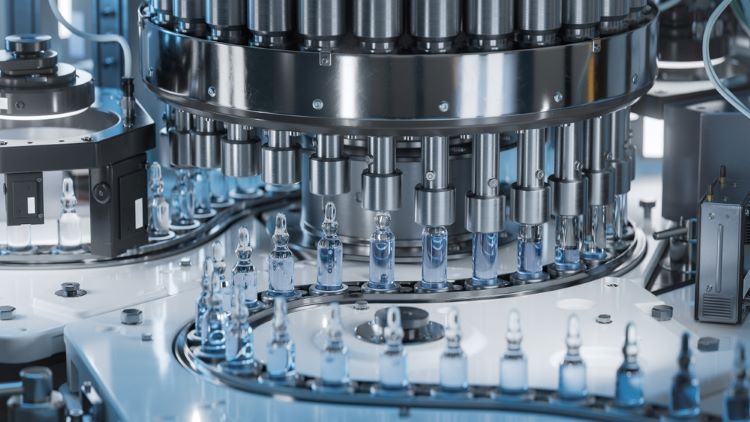PDA revises report on glass container manufacturing
Posted: 5 July 2023 | Catherine Eckford (European Pharmaceutical Review) | No comments yet
Parenteral Drug Association (PDA)’s 2023 technical report on nonconformities in glass containers during pharmaceutical manufacturing represents best practices for identification and classification.


Revised for 2023, the Parenteral Drug Association (PDA) has published an update to its Technical Report No. 43: Identification and Classification of Nonconformities in Moulded and Tubular Glass Containers for Pharmaceutical Manufacturing.
The long-awaited PDA TR 43 report provides an approach to a quality decision-making process and represents best practices for the identification and classification of visual nonconformities for (empty) glass containers as pharmaceutical product packaging.
Having been originally published in 2007, then revised in 2013, this latest 2023 edition addresses evolving standards and container types.
According the PDA, the standardised quality criteria in TR 43 are intended as a guidance overview for container manufacturers and for incoming container acceptance inspection at pharmaceutical companies. These guidelines are not intended to establish mandatory standards but instead to complement existing guidelines, standards and referenced materials.
Included in the TR 43 report are five detailed and updated lexicons, which visually illustrate glass nonconformities:
- One for moulded glass bottles and vials
- Four for tubular glass vials, ampoules, cartridges, and syringes (see Section 8.0 (Appendix).
In addition, defects specific to ready-to-use containers and their categorisation are included for use as applicable.
Within TR 43, PDA emphasises the importance of consulting with the appropriate regulatory authorities when agreeing on the strategies employed for identification and classification of visual nonconformities of glass containers. Specifically, the document covers the development process of glass containers for pharmaceutical products, glass container sampling as well as definition of lots.
In February 2023, the PDA released its Technical Report 90: Contamination Control Strategy Development in Pharmaceutical Manufacturing.
Related topics
Big Pharma, Biopharmaceuticals, Drug Development, Drug Safety, Manufacturing, Packaging, Production, QA/QC, Research & Development (R&D)







![Novartis logo Novartis building in Stein, Switzerland [Credit: Taljat David shutterstock.com]](https://www.europeanpharmaceuticalreview.com/wp-content/uploads/novartis-image-400x187.jpg)

